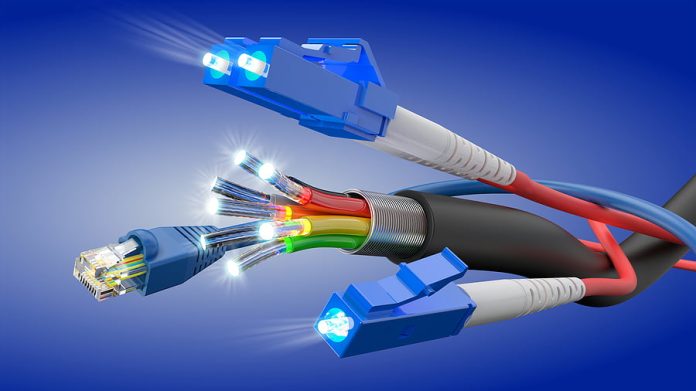Fibre Optic Amplification Benefits
Fibre Optic Amplification – What are the benefits of pre-amplication and post-amplification in a fibre optic cable plant?
A: Both pre and post-amp have their benefits. Consider that when you’re working on fibre optic runs and you need amplification you need to think carefully sort of amplification is required – it may be very little.
It’s a mistake to just crank up amplification of a low power transmitter if signals are too weak to give expected performance – the result is likely to be signal attenuation at the transmitter output. It’s smarter to locate an amp after the low power transmitter in order to buffer up a clean signal.
This post amplification allows signal power to be significantly increased in order to allow low powered transmission hardware to support applications they weren’t designed to handle. You’d use post amp techniques if it were found that a particular piece of equipment in the system induced significant loss into a video stream.
It’s always vital to offset any attenuation if there’s optical coupling of a signal path. Should a signal be ported to 10 inputs, it would be reduced by 6.5dB in total (each split signal takes an output signal 3dB below the original input signal). In such cases, the idea is to strengthen the signal with pre-amping before the couplers, then buffer the output signal after the coupling equipment with post-amplification.
Pre-amplification of a feeble signal as it arrives at the receiver can be useful if it’s found that system expansion has weakened original signal strength. Depending on the nature of system topology, it may also be easier to house and power amplification equipment in a control room, rather breaking fibres to install amps in the field.
Another strategy is to employ in-line amplifiers that buffer signals passing through very long fibre runs. These are most common in telco applications but the video surveillance installer might use in-lines if a single mode fibre is being broken into many branch points to allow monitoring along its length.
#SEN #SENnews #security #electronics








